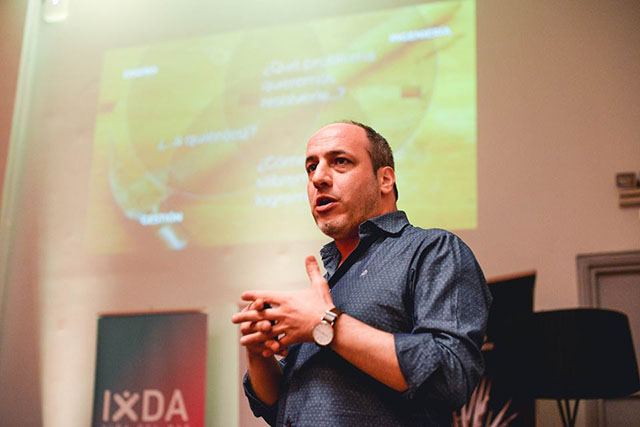We are a pioneering strategic UX consultancy in Latin America
We articulate strategy and experience to achieve working software, accepted and adopted by real users, meeting business objectives.
Strategic UX
In a competitive market, things are done right, or done again. Our contribution is to ensure that those who “do it right” are our clients, rather than their competitors.
Our approach is based on maximizing value for our clients, making better decisions, and eliminating waste—efforts that don’t add value.
That’s why we don’t “sell hours” or “allocate resources”. We build solutions that transform the business and deliver tangible results.
Strategy and Experience
We began our journey when our disciplines didn’t even have names. Since then, we have maintained our leadership by continuously innovating practices and methodologies. Our clients gain rapid and significant competitive advantages by accessing advanced solutions developed by experts with deep, solid knowledge.
Software engineering recognizes that most projects fail not due to technical reasons, but because of poor decisions. Therefore, we developed Experience Decision Making, which systematizes Decision Theory applied to ideation, design, and software development processes.
Working Software
One of our pillars is the Agile Manifesto. Therefore, we prioritize working software (real value) over extensive documentation (constructive waste).
Following Lean philosophy, we avoid:
- Defects: Errors or features rejected by clients and users.
- Overproduction: Unimplemented functionality and deliverables that, in whole or in part, do not contribute to the final value.
We are not a deliverables factory: we consider our clients’ time and budget sacred, focusing on creating sustainable solutions that truly drive the business.
Accepted and Adopted
Less than half of software projects launch on time and as planned. But that’s not enough for success: acceptance and adoption by users are essential.
Only 20% of launched applications surpass 10,000 downloads: in other words, 80% of projects are economically unviable. For internal tools, every minute employees waste due to inefficient software is money wasted and frustration accumulated.
Our practice reduces these risks to ensure that the software is useful, effective, and efficient. Our success cases don’t show “concepts” or “pretty screens”: they show real projects launched to the market, achieving results.
Real Users
Real validation comes from real users, not from clients or hypothetical users.
Our strategic UX approach uses discovery, ideation, and co-creation techniques with real users to achieve accurate diagnostics, informed decision-making, and effective validation.
This approach ensures that the final product not only meets expectations but also ensures genuine adoption and satisfaction.
Achieving Business Objectives
Successful projects begin with a solid definition of objectives.
Our consultancy starts from the inception of the project, ensuring a clear direction that is iterated at each stage, gaining focus and value throughout the process.
We understand that design objectives must be aligned with business objectives to be sustainable and viable. From that understanding, we ensure that every decision and step is aimed at meeting and exceeding those objectives, guaranteeing a tangible and significant return on investment.
Direction
Santiago Bustelo
User Experience Director

He began his career in 1996 as an interaction designer, creating business simulators for leading companies in the Southern Cone. Since then, he has led over 1000 design and development projects in Argentina, Chile, Uruguay, Brazil, the United States, Spain, and England, including top-tier global projects.
He was the founder and Coordinator (2009-2019) of the local chapter of the Interaction Design Association (IxDA) and Regional Coordinator for Latin America (2010-2015). He has been a judge in international innovation competitions (Interaction, Interaction Latin America, and MIT Technology Review) and Chair of Interaction South America 2014, the largest UX event in the region.
Since 2001, he has given over 90 UX conferences and workshops in Latin America, North America, and Europe, and has taught at 11 universities in Argentina, the United States, and Colombia.